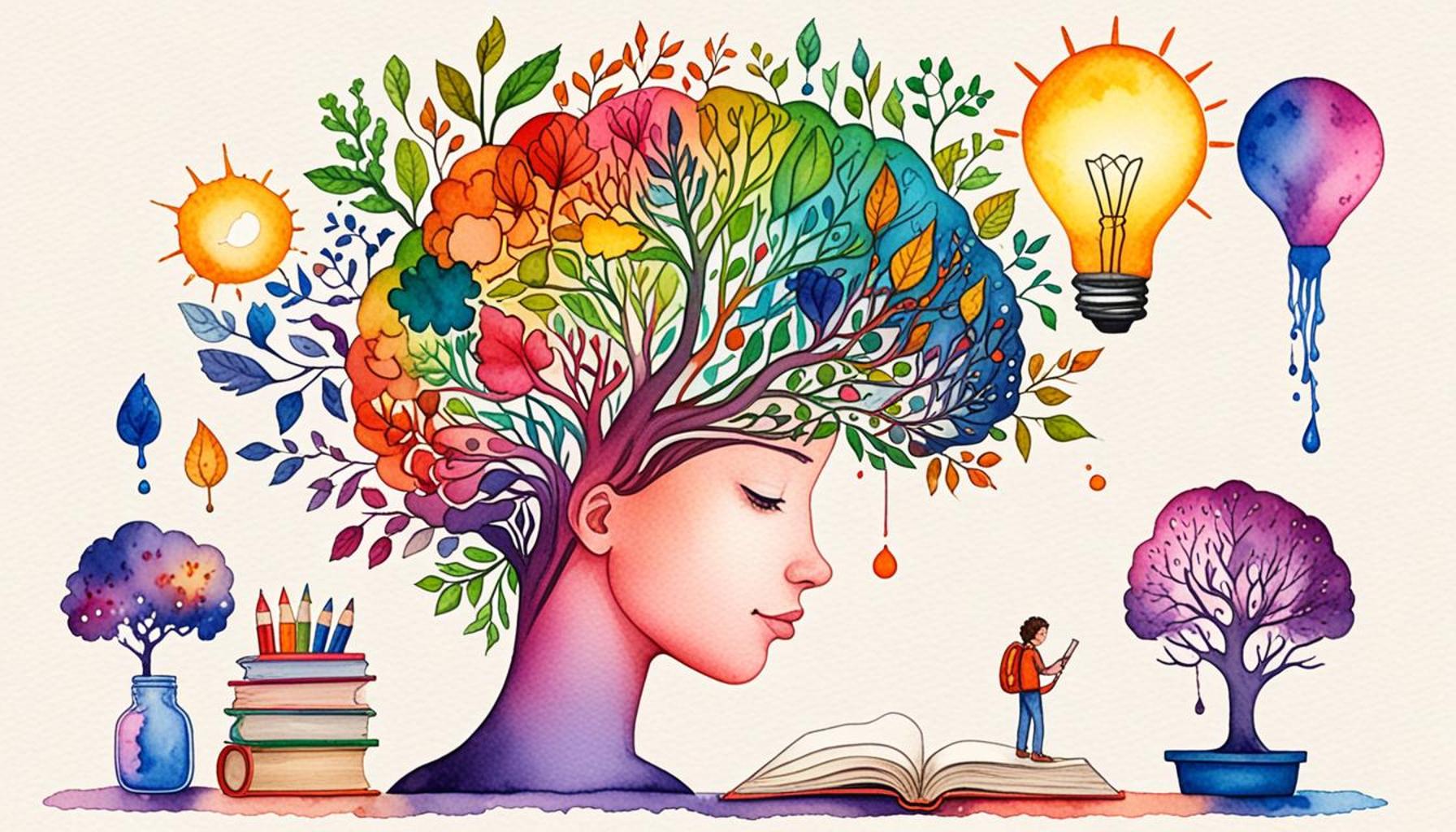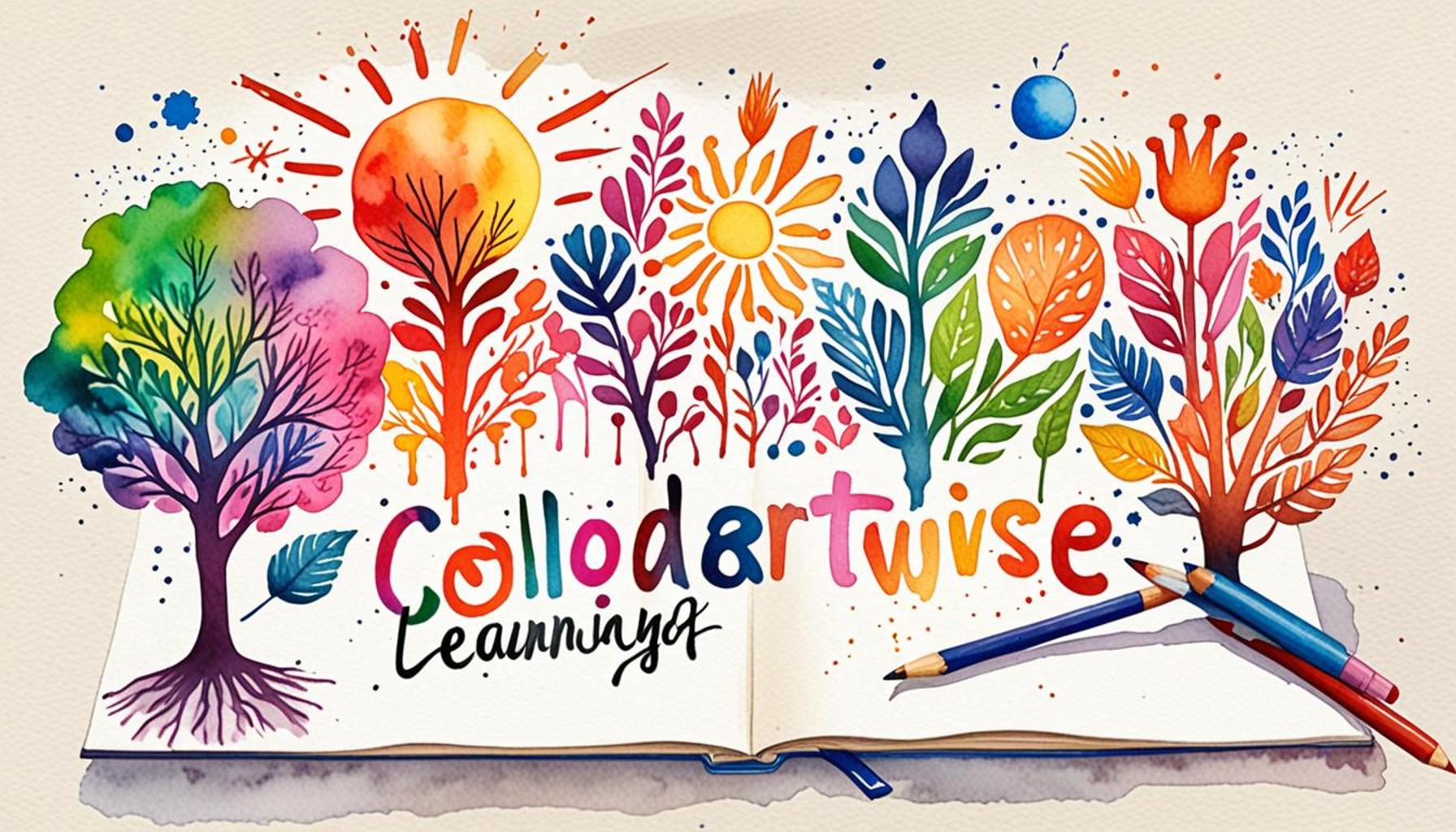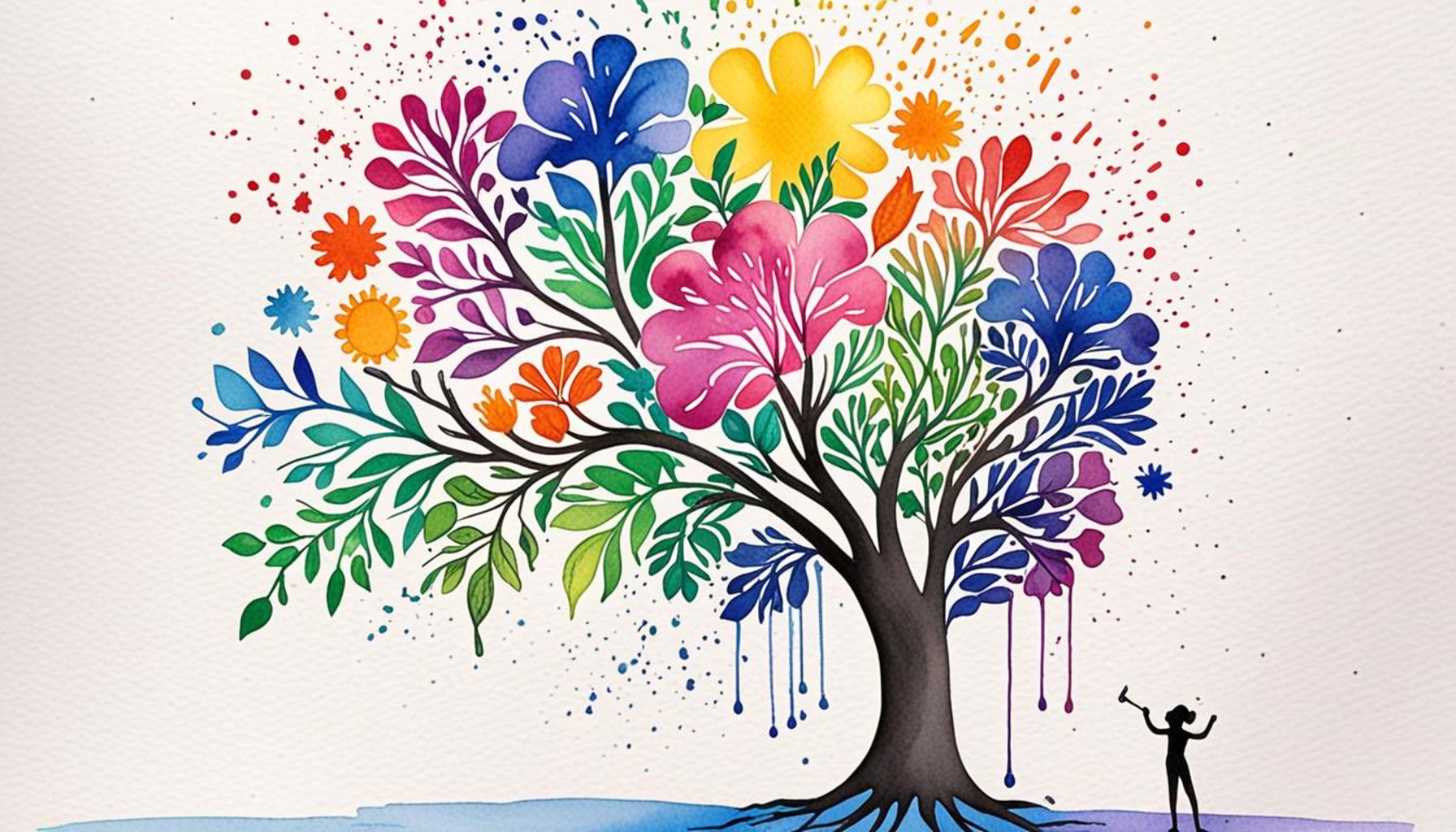Collaborative Learning Strategies and Their Role in Promoting a Growth Mindset
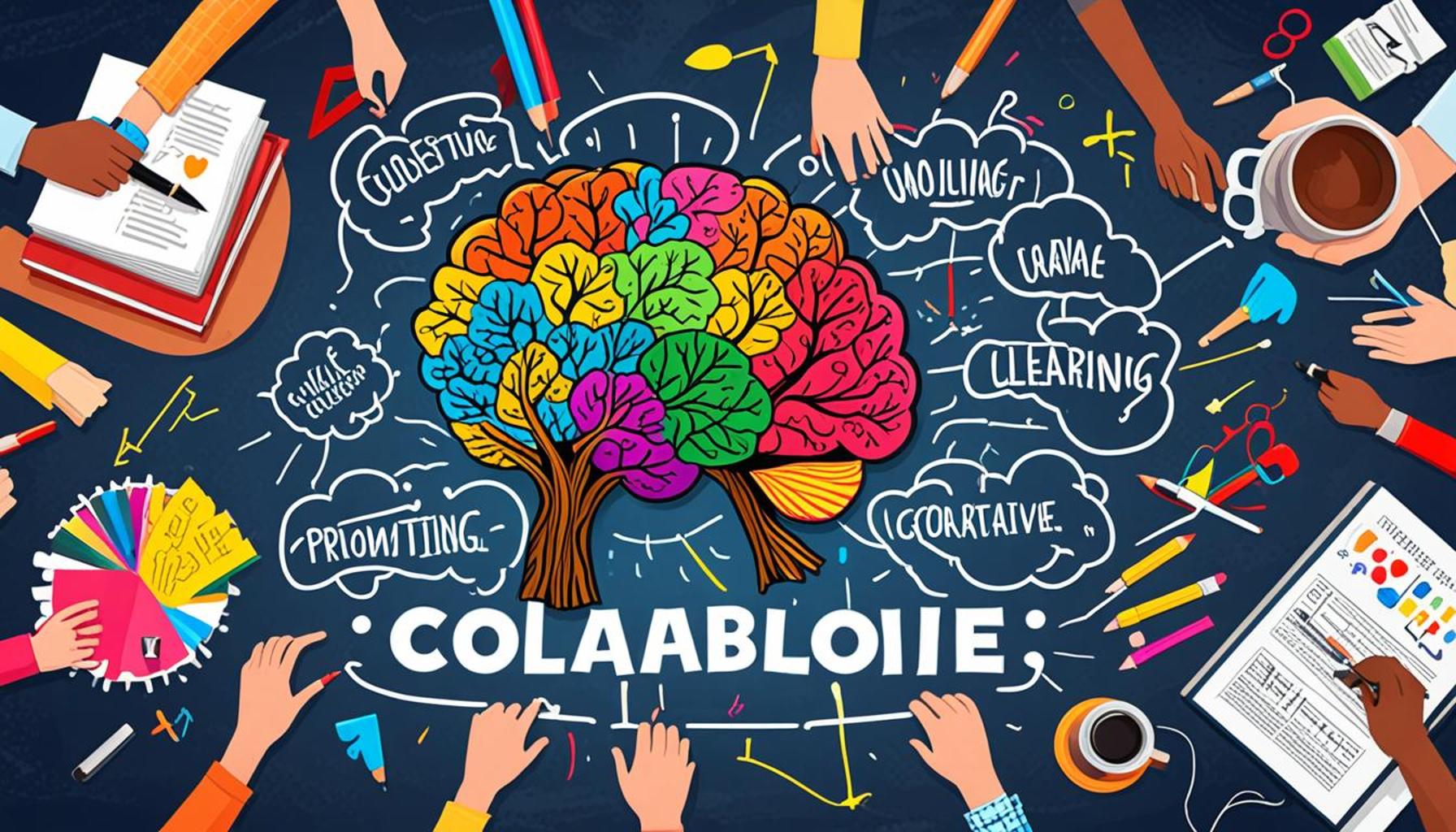
Understanding Collaborative Learning Strategies
In today’s education system, many educators recognize the importance of collaborative learning strategies as a way to enhance student engagement and achievement. These strategies do not just aim to improve academic performance; they also emphasize the social skills that are crucial for personal and professional development in an increasingly interconnected world.
Peer Interaction is one of the defining characteristics of these strategies. For instance, in many Nigerian schools, students can participate in group projects that require them to discuss and solve real-world problems together. This process not only allows them to share knowledge but also teaches them the value of teamwork. An example could be a project where students devise a plan to address waste management issues in their local communities, thereby learning both scientific concepts and civic responsibility.
Diverse Perspectives are another hallmark of collaborative learning. When students come from different backgrounds, they bring unique viewpoints to a collective task. In a diverse classroom in Nigeria, for example, a discussion about cultural practices could prompt students to share their individual experiences and interpretations. This exchange of ideas enriches the learning experience and fosters respect for various cultures—an essential trait in Nigeria’s multicultural society.
Equally important is mutual accountability, which ensures that every team member’s contribution is valued. In a group setting, students often notice that their successes depend on one another. A practical scenario could be a group preparing for an inter-school competition, where each member has a specific role, whether as a researcher, presenter, or planner. When they understand that their contributions matter, students are more likely to feel a sense of belonging and commitment to their classmates and the task at hand.
Fostering a Growth Mindset
At the core of collaborative learning strategies lies the principle of promoting a growth mindset. This concept helps students embrace challenges rather than shy away from them, as they begin to see challenges as opportunities for growth. For instance, when a student struggles with a difficult math problem during a group study session, instead of feeling defeated, they learn to view it as a chance to advance their problem-solving skills.
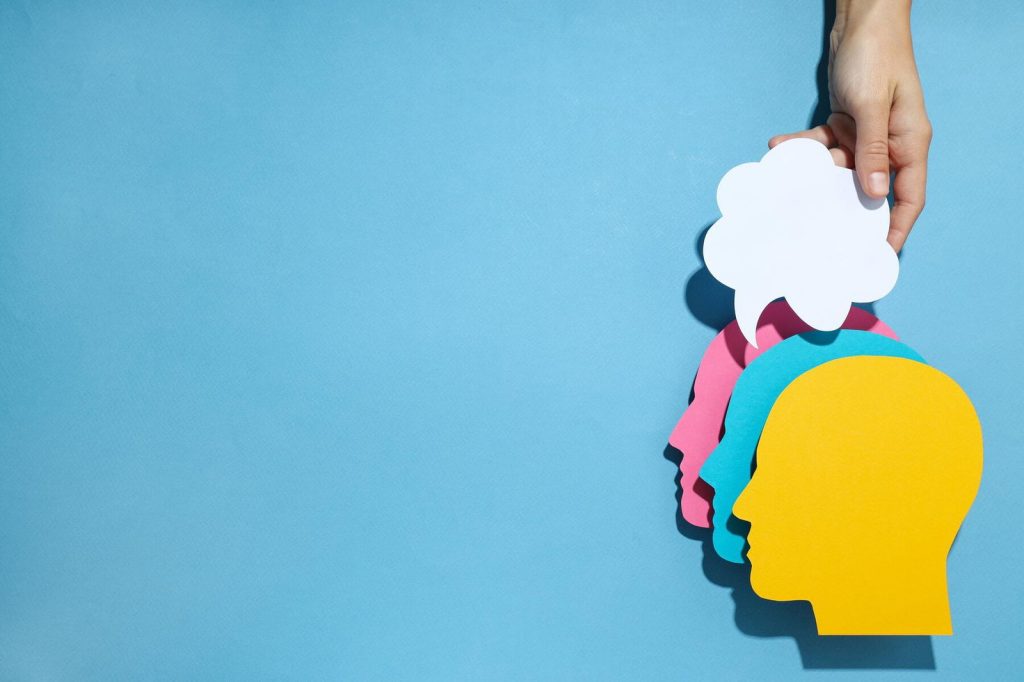
Furthermore, learning from feedback becomes a critical element in this process. A collaborative setting encourages students to give and receive constructive criticism, which can be a catalyst for improvement. Consider a classroom scenario where peers review each other’s essays; this not only enhances their writing abilities but also sharpens their critical thinking skills.
Implications for Nigeria’s Future
In Nigeria, the implementation of effective collaborative learning techniques can profoundly transform classrooms. With the job market increasingly favoring candidates who have not only technical skills but also the ability to work well in teams, fostering such environments in schools prepares students for the workforce of the future. As these practices gain traction, they could bridge the gap between traditional rote learning and the dynamic skills needed in the 21st century.
In conclusion, as educators and students delve deeper into collaborative learning strategies, the implications for learning and personal growth become increasingly profound. The journey toward a more interactive, engaging, and effective educational experience is just beginning, and the possibilities for student achievement in Nigeria are limitless.
CHECK OUT: Click here to explore more
Key Elements of Collaborative Learning Strategies
To truly understand how collaborative learning strategies can enhance educational outcomes, it is essential to delve into the specific elements that make these strategies so effective. By engaging students in active participation, these strategies empower them to take ownership of their learning journey and cultivate a growth mindset.
Active Engagement is a core principle of collaborative learning. When students work together on tasks, they do not just passively receive information; they actively construct knowledge. For instance, in a classroom setting in Nigeria, students discussing the impact of climate change on local agriculture can generate innovative ideas, asking questions and debating solutions. Such engagement is essential for developing critical thinking skills, as students learn to analyze and synthesize information collaboratively.
Another significant aspect is role distribution. Each member of a group often takes on a different role that plays to their strengths, whether it be a leader, researcher, or summarizer. This diversity in roles not only enhances collaboration but also builds confidence among students. Imagine a group project in which students are tasked with creating a presentation about health education. One might excel in visual design, another in research, and yet another in public speaking. By playing to these strengths, they collectively improve and learn from each other’s abilities, fostering mutual respect and a sense of community.
- Teaching critical thinking: Collaborative learning encourages students to critically evaluate differing viewpoints, which helps them develop robust reasoning skills.
- Building social skills: The interaction required in group work teaches students how to communicate effectively and resolve conflicts peacefully, essential skills for future workplaces.
- Encouraging inclusivity: In groups comprising students from various backgrounds, there is an inherent opportunity to promote inclusiveness and understanding of different cultures, which is vital in Nigeria’s diverse society.
Nurturing Resilience Through Challenges
In the realm of education, fostering resilience is crucial. Collaborative learning strategies naturally incorporate elements that encourage students to confront challenges head-on. When students encounter obstacles during group work, they are prompted to think critically about solutions together rather than feeling isolated. For example, if a group faces difficulties in understanding a complex scientific concept, they can pool their resources, brainstorm various approaches, and ultimately discover new methods of tackling similar issues in the future. This process not only promotes a growth mindset but also instills perseverance in students.
Moreover, peer support plays a vital role in enabling students to overcome challenges. In collaborative settings, students often help each other navigate difficult topics, fostering an environment where it is okay to struggle and take calculated risks. In Nigeria, where educational disparities exist, providing students with the platform to collaborate can significantly lessen the stigma associated with academic difficulties and instead promote a culture of mutual encouragement and growth.
| Advantages | Impact on Growth Mindset |
|---|---|
| Enhanced Communication Skills | Collaborative learning fosters open dialogue, boosting confident expression and reducing communication barriers. |
| Critical Thinking Development | Working together encourages participants to analyze various viewpoints, fostering adaptability and problem-solving skills. |
The advantages of *Collaborative Learning Strategies* extend beyond mere knowledge acquisition. One prominent benefit is the improvement of communication skills, which is critical in nurturing a growth mindset. When learners engage in group activities, they practice articulating their thoughts and facilitating discussions. This open dialogue not only enhances their confidence but also prepares them for real-world formats where effective communication is essential.Additionally, collaborative learning is instrumental in the development of critical thinking abilities. Team interactions compel learners to confront differing opinions and evaluate them critically. This practice not only builds their analytical skills but also allows them to be more adaptable in their learning processes, cementing the principles of a growth mindset—embracing challenges, persisting through obstacles, and viewing effort as a pathway to mastery. Each of these aspects significantly contributes to the overall effectiveness of collaborative strategies in education.
SEE ALSO: Click here to read another article
Impact of Collaborative Learning on Growth Mindset Development
As educational systems evolve globally, including in Nigeria, the significance of nurturing a growth mindset through collaborative learning strategies cannot be overstated. These strategies not only enrich academic achievement but also play a pivotal role in shaping students’ attitudes towards challenges, failures, and success.
Feedback Mechanisms are indispensable in collaborative learning environments. In typical group settings, students receive immediate feedback from their peers, which is often more relatable than traditional teacher assessments. For instance, during a group discussion on sustainable agriculture practices, when one student shares a flawed idea, peers can provide constructive criticism in real-time. This dynamic encourages an open dialogue, which is essential for developing resilience, and reinforces the notion that learning is a continuous process marked by trial and error. This paradigm shift in feedback empowers students to view setbacks as essential steps in their learning journey, further cultivating a growth mindset.
Furthermore, shared goals in collaborative tasks align the interests of students towards a common objective. When a group collaborates to complete a project on renewable energy sources, each member becomes invested in achieving success for the entire team, promoting a culture of cooperation rather than competition. This shared ownership not only enhances their learning experience but also emphasizes the importance of working together, regardless of individual skill levels. In Nigeria, where teamwork is essential for community development, students are set up for success in real-world scenarios when they practice working collaboratively in their educational settings.
Celebrating Effort Over Outcome
One of the cornerstones of establishing a growth mindset is the emphasis on effort rather than merely the final outcome. In collaborative learning environments, students can recognize and celebrate each other’s efforts throughout the process. For example, in a setting where students are tasked with creating a documentary on local biodiversity, they can acknowledge not just the final product but also the hard work and creativity that went into each aspect of the production. Such recognition fosters an appreciation for the journey of learning, teaching students that persistence, creativity, and teamwork are attributes they can develop with time.
Additionally, the diverse backgrounds of students provide varied perspectives, enriching discussions and enhancing understanding. In a classroom with students from different cultural backgrounds, discussing the effects of local policies on health education can yield unique solutions to common problems. This diversity encourages students to be open-minded, flexible, and innovative in their approaches, further solidifying the foundation of a growth mindset.
In conclusion, the intersection of collaborative learning strategies and the development of a growth mindset creates a fertile ground for fostering educational excellence. By embedding these practices in Nigerian classrooms, educators can cultivate an environment where students not only excel academically but also learn the invaluable skills of resilience, empathy, and critical thinking—qualities that are bound to propel them into their future endeavors.
YOU MAY ALSO LIKE: Read read another article
Conclusion: Empowering Future Generations through Collaboration
In summary, the integration of collaborative learning strategies into educational frameworks, particularly in Nigeria, holds immense potential for fostering a growth mindset among students. By facilitating environments where peer feedback, shared goals, and mutual recognition of efforts thrive, educators can fundamentally transform students’ attitudes towards learning, failure, and success.
This dynamic approach not only enhances academic performance but also cultivates essential skills such as resilience, empathy, and critical thinking. As students engage in meaningful collaboration, they learn the significance of teamwork and develop innovative problem-solving skills—both crucial for navigating real-world challenges.
Moreover, celebrating individual and group efforts throughout the learning process, rather than solely focusing on end results, promotes a culture of perseverance and continuous improvement. As evidence suggests, environments that prioritize collaboration can lead to better educational outcomes and prepare students for the complexities of the modern workforce.
Ultimately, the emphasis on collaborative learning as a vehicle for instilling a growth mindset can pave the way for a more educated and empowered generation in Nigeria. As educators and policymakers work together to embrace these strategies, the promise of improved academic achievement and societal advancement becomes ever more achievable, enriching the lives of students and their communities alike.

